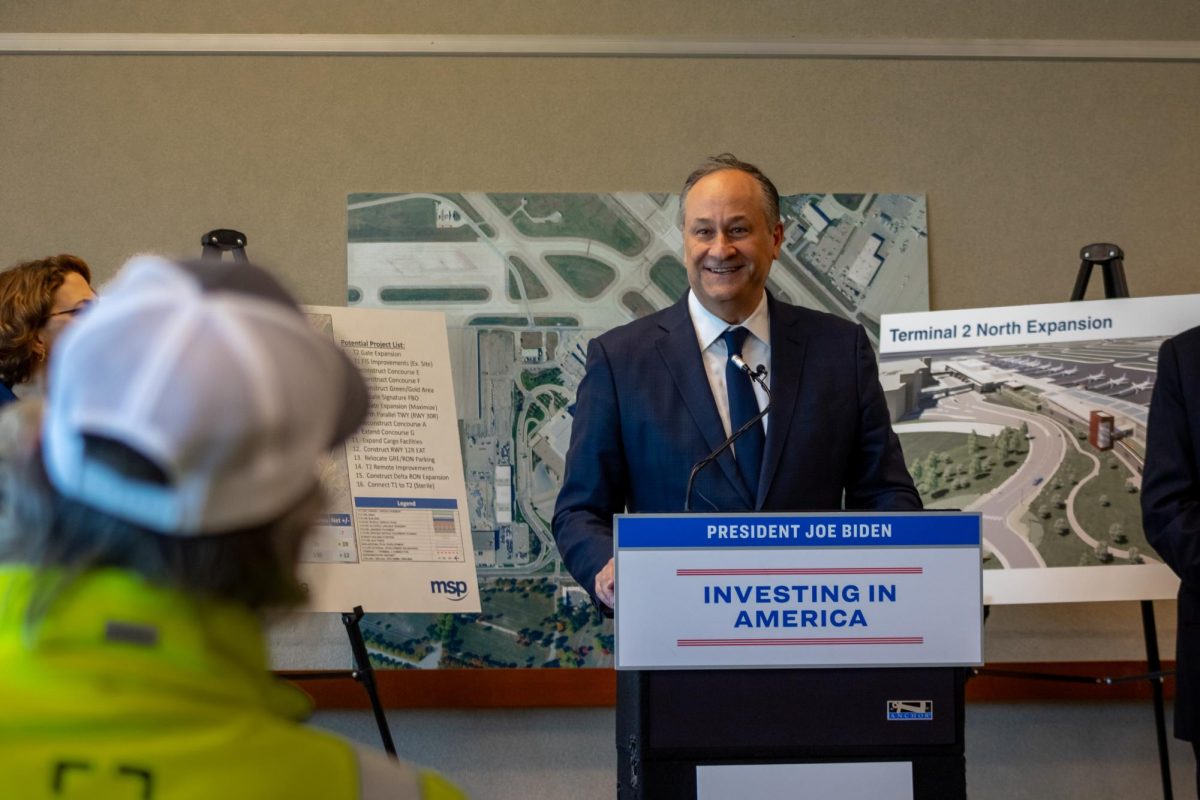ATLANTA (AP) _ A long-awaited federal study of an X-ray alternative to the dreaded colonoscopy confirms its effectiveness at spotting most cancers, although it was far from perfect. Medicare is already considering paying for this cheaper, less intrusive option that could persuade more people to get screened for colon cancer. And some experts believe the new method may boost the 50 percent screening rate for a cancer that is the country’s second biggest killer. “We’re talking about for the first time really screening the population,” said Dr. Carl Jaffe, an imaging expert at the National Cancer Institute who was not involved in the research. In the new study, the largest of its kind, the so-called “virtual colonoscopy” identified nine out of 10 people who had cancers and large growths seen by regular colonoscopies. But there were flaws, too. Among them: The radiologists sometimes misread the X-ray, leading them to spot polyps that weren’t there. That led to unnecessary follow-up testing. The X-ray test’s real value may be in showing who really needs a regular colonoscopy âÄî it was better at ruling cancer out than it was at detecting it, suggests the report in Thursday’s New England Journal of Medicine. Colorectal cancer will claim about 50,000 lives this year. The point of screening, widely recommended at age 50, is to find growths before they turn cancerous. The gold standard is colonoscopy, in which a long, thin tube equipped with a small video camera is snaked through the large intestine to view the lining. Any growth can be removed during the procedure. It involves sedation and a missed day of work, not to mention preparation that uses pills or liquids to clean out the bowel. The study focused on CT colonography, also known as virtual colonoscopy. It’s a super X-ray of the colon that is quicker, cheaper and easier on the patient than traditional colonoscopies. It too requires the bowel clean-out and has a potentially serious drawback âÄî radiation. Colonoscopies cost up to $3,000. The X-ray test costs $300 to $800; most insurers don’t cover it so far, but Medicare is considering it. Insurers likely will weigh the new study heavily in their coverage decisions, said Dr. Durado Brooks, who oversees colorectal and prostate cancer programs at the American Cancer Society. Preliminary, unpublished data from the new study already helped persuade the cancer society and others to put out guidelines in March that added virtual colonoscopy and a stool DNA test to the recommended arsenal of screenings for colon cancer, Brooks said. In the new study, both the standard colonoscopy and the X-ray test were given to 2,531 people at 15 U.S. medical centers. The scans showed large growths in about one in six people, although some were false alarms not confirmed by colonoscopy. Of the patients with growths verified by colonoscopy, 90 percent were flagged through the X-ray scans. “That’s very good news,” said Dr. C. Daniel Johnson, the lead author of the study. He is a researcher at the Mayo Clinic campus in Scottsdale, Ariz., with financial ties to one virtual colonoscopy company, GE Healthcare. Back to the false alarms âÄî only one in four of those patients diagnosed with a growth actually had one, noted Dr. Robert Fletcher, a retired Harvard Medical School professor who wrote an editorial accompanying the study. He is a paid consultant for a company that makes a DNA screening test for colon cancer. Some additional drawbacks to virtual colonoscopy: âÄîIn about one in six of the patients, the X-ray found abnormalities outside the colon that led doctors to recommend additional testing or care. Some of those discoveries may be life-threatening, but others are not and investigation of them may prove expensive and hard on the patient, Fletcher wrote. âÄîThe X-ray tests are not as good at colonoscopy at detecting flat growths on the colon wall that are more likely to be cancerous than the more familiar knobby polyps, according to other researchers. âÄîVirtual colonoscopies, currently recommended every five years, expose people to repeated doses of radiation. It’s half the dose of a standard CT exam, but the cumulative effects are not yet known. Colonoscopy is only recommended every 10 years. “These concerns do not rule out CT colonography as a screening test but they need to be considered,” Fletcher wrote. The study was not designed to look at whether the screenings prevented deaths.
Colon X-ray seen as effective at spotting cancer
Published September 18, 2008
0
More to Discover







